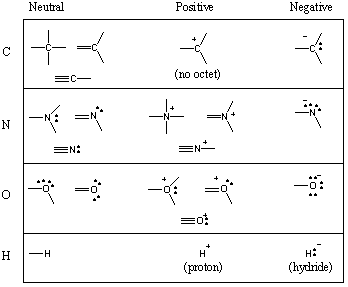Please wait while we process your payment
If you don't see it, please check your spam folder. Sometimes it can end up there.
If you don't see it, please check your spam folder. Sometimes it can end up there.
Please wait while we process your payment

By signing up you agree to our terms and privacy policy.
Don’t have an account? Subscribe now
Create Your Account
Sign up for your FREE 7-day trial
By signing up you agree to our terms and privacy policy.
Already have an account? Log in
Your Email
Choose Your Plan
Individual
Group Discount
Save over 50% with a SparkNotes PLUS Annual Plan!
 payment page
payment page
Purchasing SparkNotes PLUS for a group?
Get Annual Plans at a discount when you buy 2 or more!
Price
$24.99 $18.74 /subscription + tax
Subtotal $37.48 + tax
Save 25% on 2-49 accounts
Save 30% on 50-99 accounts
Want 100 or more? Contact us for a customized plan.
 payment page
payment page
Your Plan
Payment Details
Payment Summary
SparkNotes Plus
You'll be billed after your free trial ends.
7-Day Free Trial
Not Applicable
Renews July 22, 2025 July 15, 2025
Discounts (applied to next billing)
DUE NOW
US $0.00
SNPLUSROCKS20 | 20% Discount
This is not a valid promo code.
Discount Code (one code per order)
SparkNotes PLUS Annual Plan - Group Discount
Qty: 00
SparkNotes Plus subscription is $4.99/month or $24.99/year as selected above. The free trial period is the first 7 days of your subscription. TO CANCEL YOUR SUBSCRIPTION AND AVOID BEING CHARGED, YOU MUST CANCEL BEFORE THE END OF THE FREE TRIAL PERIOD. You may cancel your subscription on your Subscription and Billing page or contact Customer Support at custserv@bn.com. Your subscription will continue automatically once the free trial period is over. Free trial is available to new customers only.
Choose Your Plan
This site is protected by reCAPTCHA and the Google Privacy Policy and Terms of Service apply.
For the next 7 days, you'll have access to awesome PLUS stuff like AP English test prep, No Fear Shakespeare translations and audio, a note-taking tool, personalized dashboard, & much more!
You’ve successfully purchased a group discount. Your group members can use the joining link below to redeem their group membership. You'll also receive an email with the link.
Members will be prompted to log in or create an account to redeem their group membership.
Thanks for creating a SparkNotes account! Continue to start your free trial.
We're sorry, we could not create your account. SparkNotes PLUS is not available in your country. See what countries we’re in.
There was an error creating your account. Please check your payment details and try again.
Please wait while we process your payment

Your PLUS subscription has expired
Please wait while we process your payment
Please wait while we process your payment

Covalent Bonds and Lewis Structures
It is possible to get an estimate of where charges in a molecule are likely to lie by inspecting its Lewis structure and assigning formal charges to specific atoms. To obtain the formal charge of an atom:
Remember that formal charges are just a bookkeeping tool and do not necessarily represent actual charges. However, the sum of formal charges on a molecule must equal its net charge.
As you have seen throughout this section, the simplest way to represent and describe molecules is to use a Lewis structure. The Lewis structure model generally follows the octet rule and provides a framework to understand covalent bonding. Lewis structures represent valence electrons as dots and bonding electrons as lines. Lewis structures do not represent inner electrons; only valence electrons are shown.
Here we give a step-by-step procedure for writing valid Lewis structures
for any given molecular formula:

You have seen that carbon tends to form four bonds, nitrogen three, oxygen two,
and
hydrogen/halogens one (remember also: as the number of bonds of an atom
decreases,
the number of its lone pairs increases). The number of bonds that a
neutral atom forms is called its valence. Hence carbon is tetravalent,
nitrogen is trivalent, oxygen is divalent, and so on. However, a carbon atom,
for example, can be tetravalent in a number of different ways. The following
chart shows a number of common bonding motifs for carbon, nitrogen, oxygen, and
hydrogen.

While atoms can occasionally be short of a full octet, elements in the first two rows of the periodic table can never exceed the octet. Students often make the dreaded mistake of drawing pentavalent carbons. Never do this! (However, if you do, rest assured that all organic students make this mistake at sometime or other.) Elements in row 3 and above can exceed the octet by using d-orbitals.
Please wait while we process your payment

